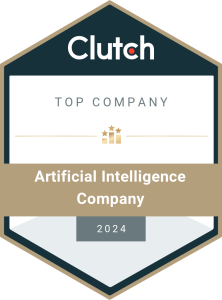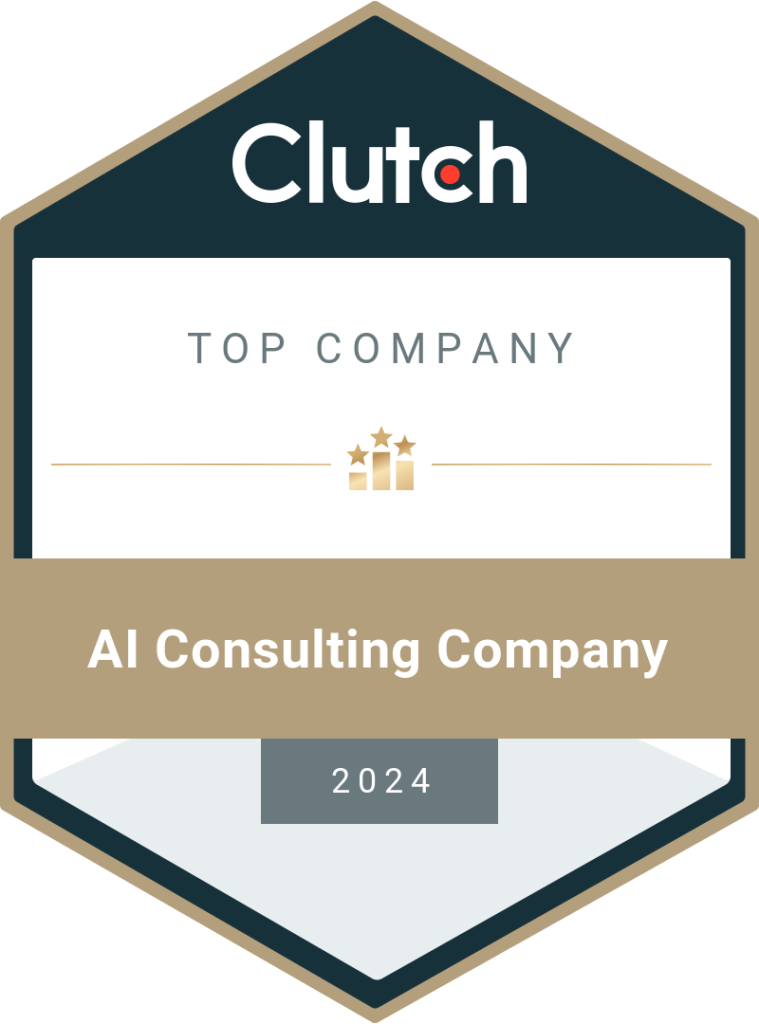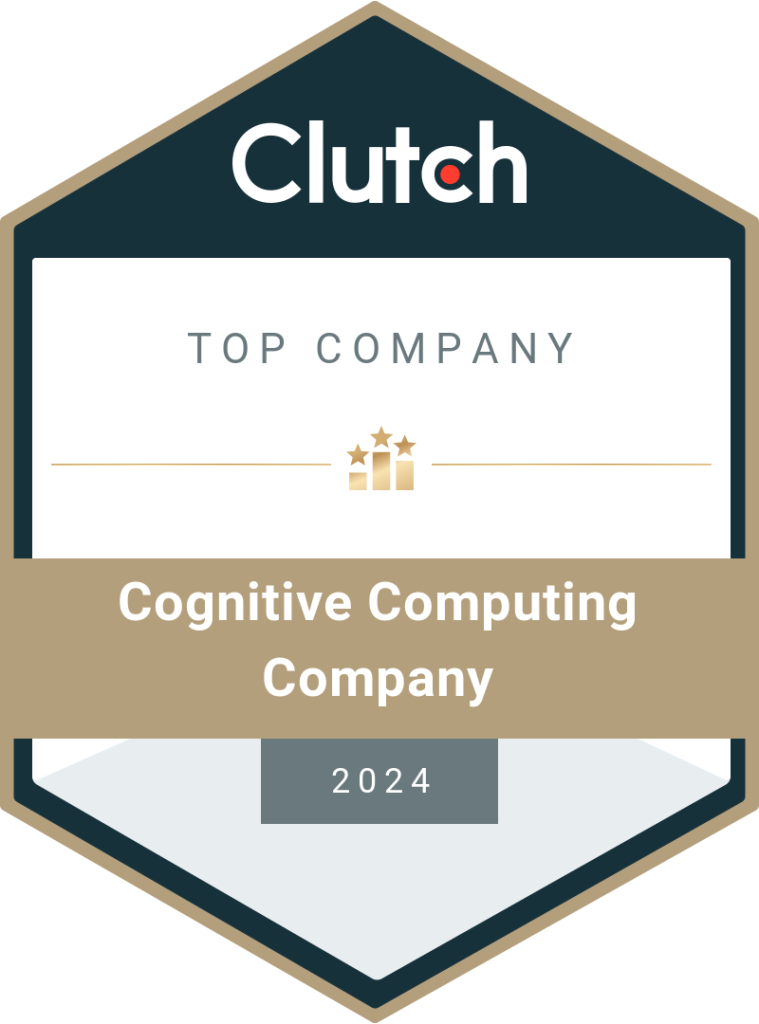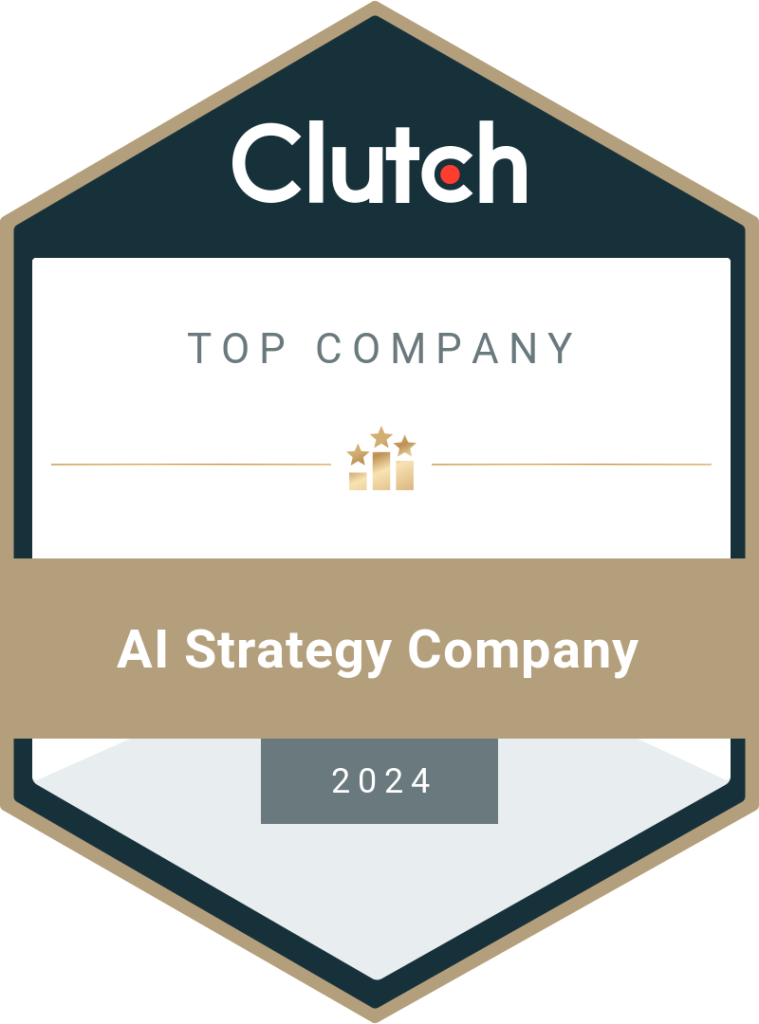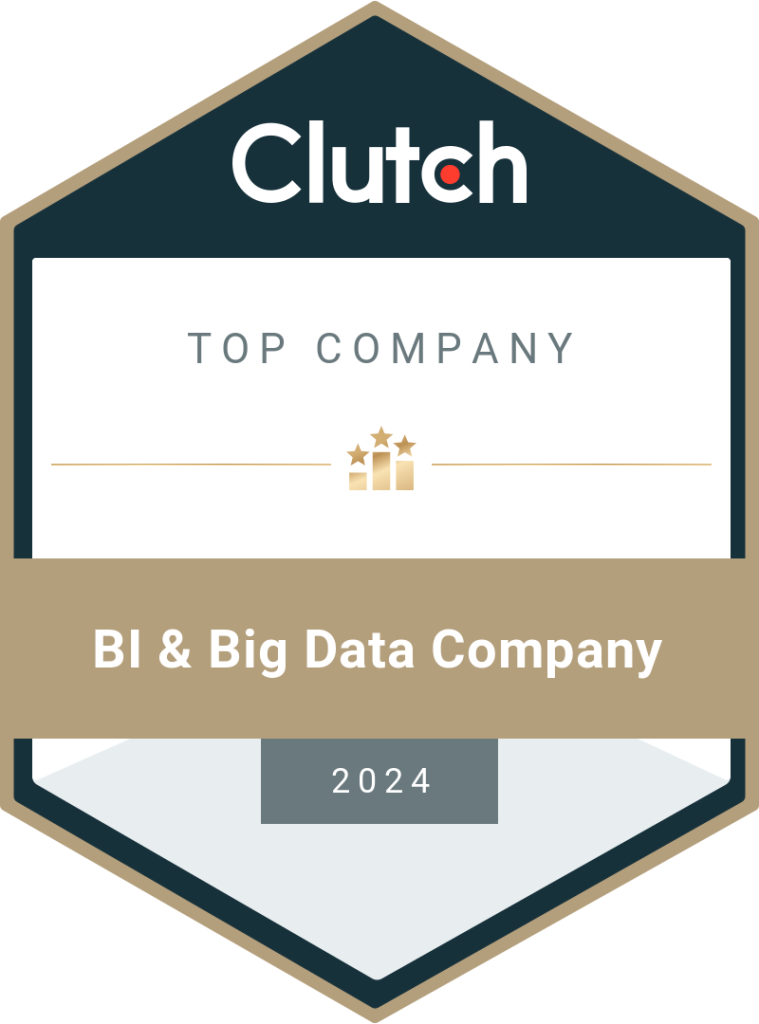Analytics as a Service: A Modern Approach to Data Engineering
Data analytics is a comprehensive solution for enterprises to convert their data into a valuable asset. Here, we’ll discuss the analytics as a service (AaaS) model and explore how a business can benefit from adopting this model to make informed data-driven decisions. In today’s data-driven world, a business cannot afford to ignore the advantages of leveraging data and insights to boost its revenue and enhance the customer experience. Data is not just a by-product but an asset to every organization. By using the latest data analytics and business intelligence tools, you can unlock the true potential of your business data and make informed decisions at all levels. Data analytics is no longer optional but a necessary part of all industries. According to Fortune Business Insights, the global data analytics market was $64.99 billion in 2024 and is expected to be $82.23 billion in 2025 with a projected CAGR (compound annual growth rate) of 25.5% to reach $402.70 billion by 2032. The same report shows that most industries have adopted data analytics in some form. The IT industry has the largest market share at 20% with healthcare, BSFI (banking and finance), retail, eCommerce, manufacturing, transport, and logistics (supply chain) also having prominent shares. There are various ways to integrate analytics into your business. Cloud-based analytics as a service (AaaS) has gained popularity for its cost-efficiency and ease of use in creating self-service systems. But what does analytics as a service mean? How does this delivery model help your enterprise in 2025? Let’s find out in this blog. What is Analytics as a Service (AaaS) Delivery Model? The analytics as-a-service model is a cloud-based solution where the related IT infrastructure, tools, and applications are hosted on the vendor’s server. Businesses pay for using these tools and the relevant services provided to set up the connections and troubleshoot the systems when necessary. Analytics as a service is also known as managed analytics as a service of BI as a service (BIaaS). Simply put, analytics as a service (AaaS) is a subscription-based model where you hire specific or end-to-end data analytics solutions from service providers. You use the resources, tools, technologies, and expertise of the service providers to derive meaningful analytical insights for decision-making. The data analytics platform is hosted on a cloud like Azure, AWS, or Google Cloud. The experts will integrate the tool with your existing data systems to provide insights through the dashboards. But what if you want to revamp your systems? The same data engineering company will provide end-to-end solutions to streamline data flow and connections between different tools to create a flexible and scalable IT infrastructure on the cloud or on-premises. Infrastructure as a service (IaaS) in cloud computing is a preferred choice for many organizations as it reduces the need for heavy on-premises hardware and migrates all major systems to the cloud. This allows your employees to work remotely and collaborate with others from different regions. Additionally, cloud services are future-proof and can be easily upgraded or downgraded to suit your needs. You only pay for the technologies and server space you add to your business account. The hosting, licensing, and other aspects are managed by the service provider. Popular business intelligence platforms like Power BI and Tableau can be used as web applications by integrating them with Azure PaaS services or other cloud-based solutions. PaaS stands for Platform as a Service, where the data analytics tool is hosted on a remote cloud and accessed by employees authorized to use it as part of their job. How Can a Business Benefit from the AaaS Model in 2025? When you opt for end-to-end analytics as a service delivery model, you hand over the responsibilities of data collection, data migration, ELT/ ETL, data warehousing/ data lake, data analytics, data visualization, and support services to a third-party offshore provider like a data engineering company and spend your resources on your core functions. But why should you choose analytics as a service to build a data-driven business model? Check out the benefits of using AaaS for enterprises: Reduce Workload By hiring a service provider to build, deploy, and manage the data-driven model, enterprises can reduce the pressure on internal teams and allow them to focus on growing the business. There’s no need to hire more employees on the payroll to take up the additional work. Talent gap issues can be addressed without spending more money on recruitment and training. This reduces the workload on HR teams. Resource Optimization By hiring a data warehousing company for AaaS solutions, an organization can ensure its limited resources are not distributed among various demands. The service providers use their own resources to deliver the desired outcomes for businesses. In exchange, you pay the company for the services it provides. This will prevent budget concerns and a lack of availability of resources for important projects. You can use analytical insights and have a competitive edge without compromising other departments or growth areas. Minimize Risk Building, maintaining, and regularly upgrading the AaaS framework is not an easy task. It requires domain-specific expertise as well as knowledge of the latest tools and technologies. Moreover, you should know exactly which tool to choose based on your current situation and future prospects. Taking up such a complex project entirely on your own and working on it from scratch is highly risky. A mistake could cause losses in millions, as well as excess consumption of other resources and delays. All these risks can be minimized by partnering with a service provider. Cost-Effectiveness As stated in the previous point, the greater the risk, the higher the possibility of monetary loss. Even large enterprises and multinational firms have to deal with budget restrictions. Analytics as a service is a cost-effective solution as it reduces the need for extensive research and development and in-house systems. You can pay for customized infrastructure as a service (IaaS) solutions to use a robust cloud-based IT infrastructure to run your business systems. This also reduces the need for replacing
Read More
